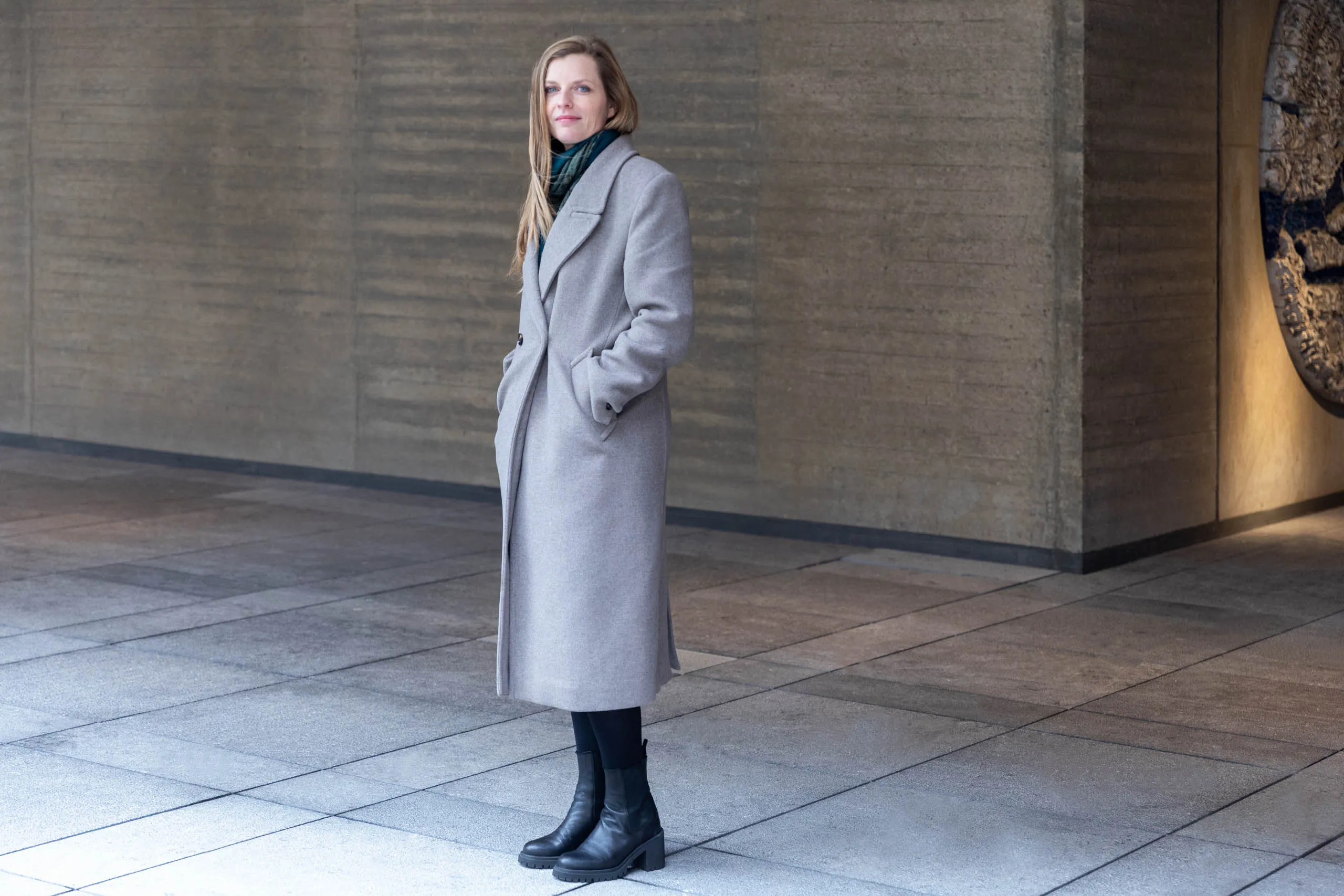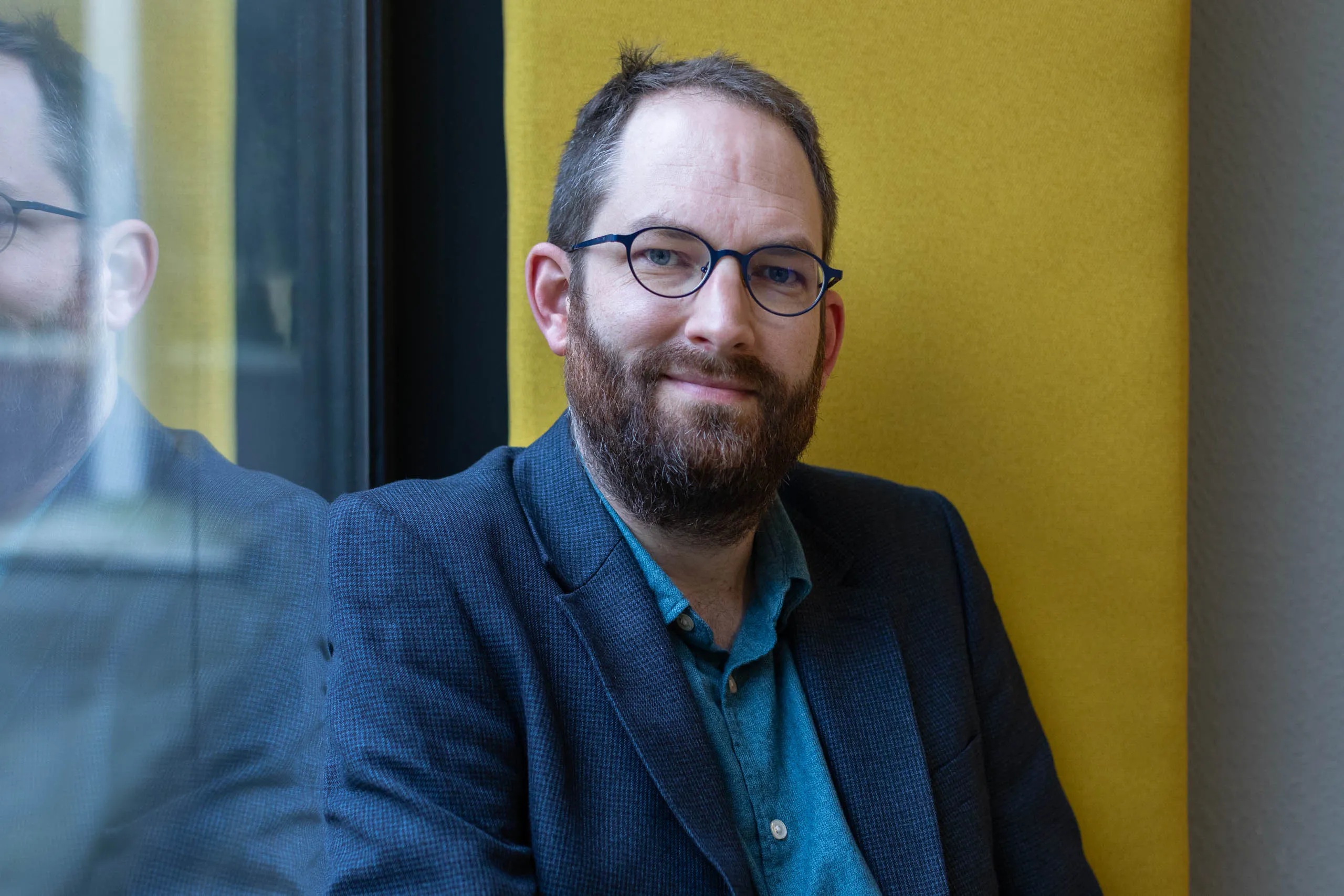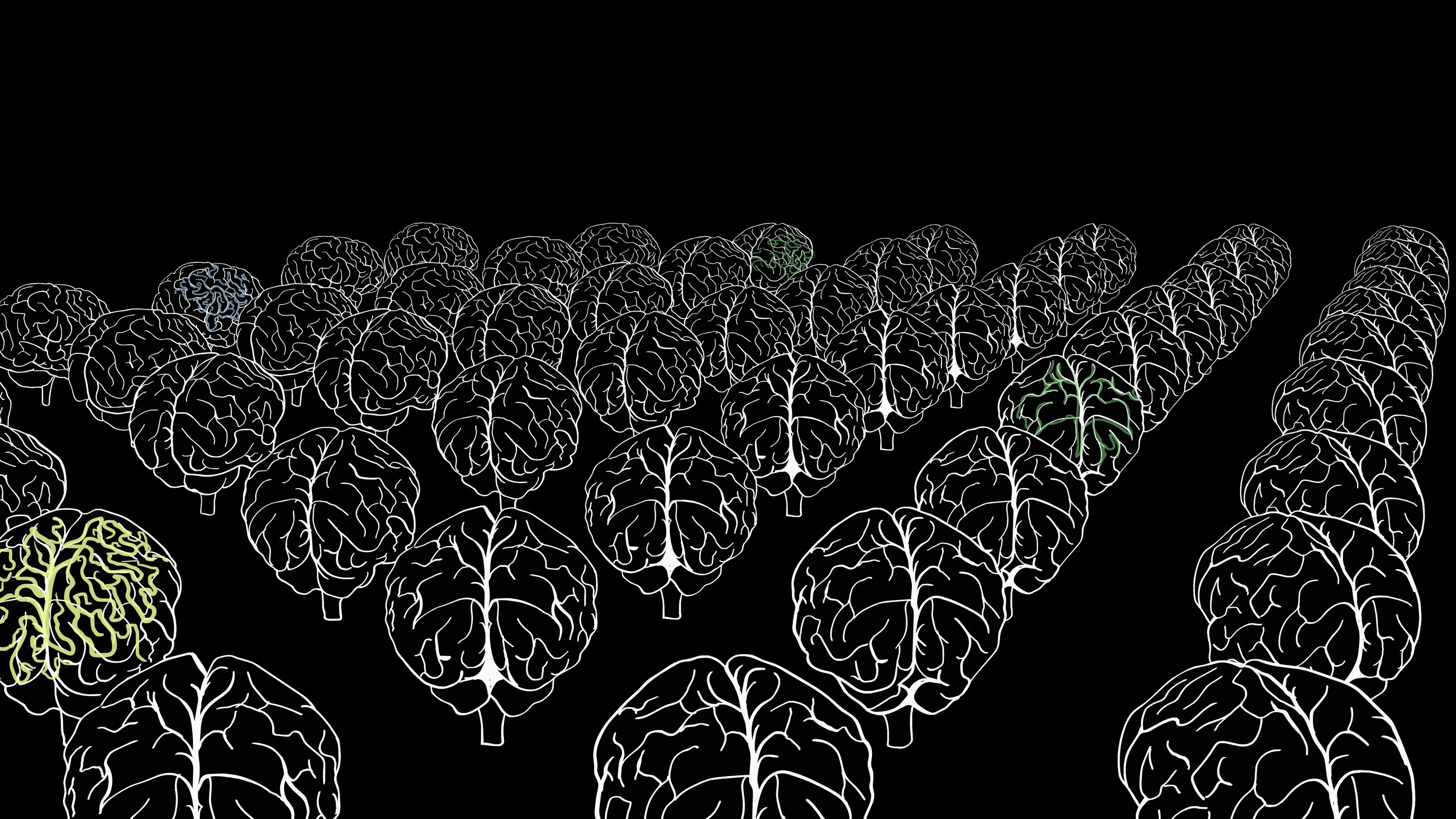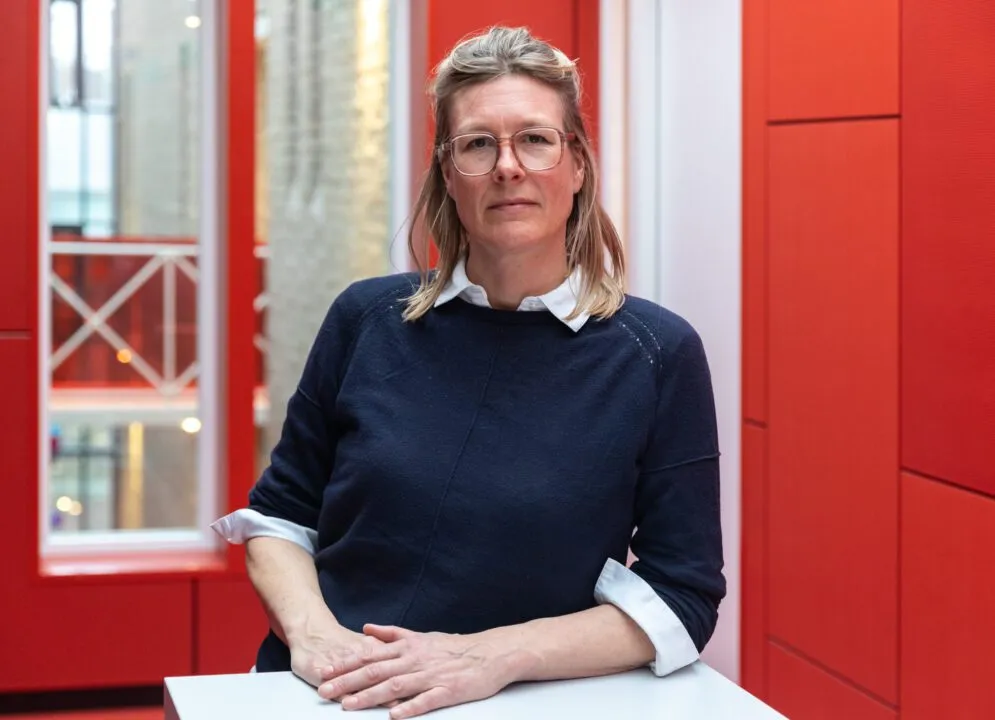Janna Cousijn investigates why some people become addicted to substances such as cannabis while others do not. She focuses on the interplay between brain functions and social factors and the natural resilience of the brain.
The resilience of the addicted brain
Many young people experiment with cannabis, but by no means all of them become addicted. In fact, most daily users are able to quit without professional help. Why is that? This question is central to Janna Cousijn’s research. She is studying why some people become addicted and others do not in a highly innovative way.
Cousijn looks beyond the traditional focus on risk factors and brain damage. Instead of just looking at what goes wrong in the brain, she focuses instead on how the brains of adolescents and young adults can show resilience. Using brain scans, she maps how areas of the brain, such as the striatum (motivation, reward, and learning) and the prefrontal cortex (control and decision-making) work in cannabis users, and how a person's social environment plays a role in this.
Cousijn studies ‘social plasticity,’ or how the young brain adapts under the influence of the social environment. In her research, she shows that the strong impressionability of adolescents, often seen as a risk factor, can also be a strength. For example, where an adolescent first smokes cannabis because his friends do, that same adaptability seems to be able to cause him to stop when he gets new friends who do not use.
Cannabis was long thought to be less addictive than other substances. However, Cousijn showed that brain mechanisms in cannabis addiction are similar to those in other addictions. For example, she found that in addicted daily users, specific areas of the brain, such as the striatum and prefrontal cortex, respond more strongly to drug-related stimuli than in non-addicted daily users. These neurocognitive differences help explain why some users become addicted and others do not.
To better understand this phenomenon, Cousijn is collecting data from 1,800 cannabis users in different countries. By studying their cannabis use, mental well-being, and social context, she unravels how these elements combine to determine the path to addiction or recovery. This integrated approach makes her work groundbreaking. Cousijn not only shows how social factors influence the brain, but also shows how these insights can be applied in addiction treatment. This offers an innovative perspective: it is not the vulnerability of young people, but their adaptability and natural resilience that are central.
In the coming years, Cousijn plans to expand on her social plasticity model. By better understanding how social factors stimulate the brain's ability to recover after cannabis use, she hopes to develop new treatments that strengthen people's natural resilience. This should lead to more effective addiction treatment that aligns with how the human brain actually functions.






